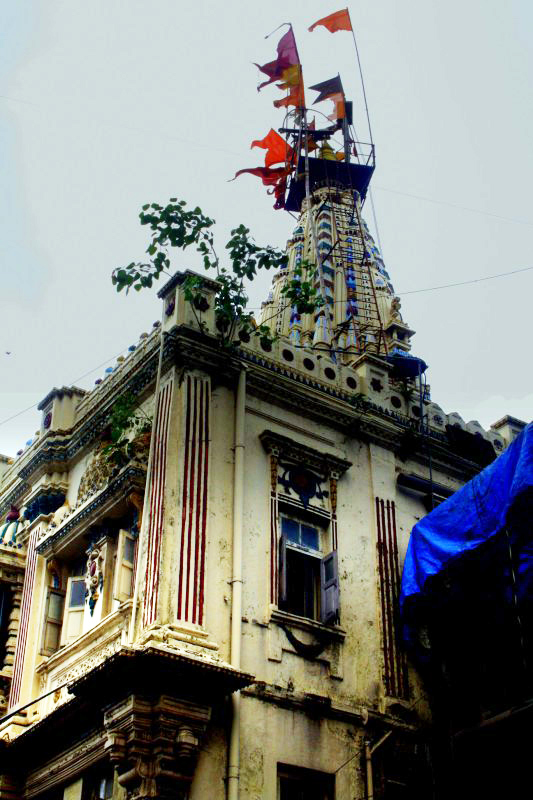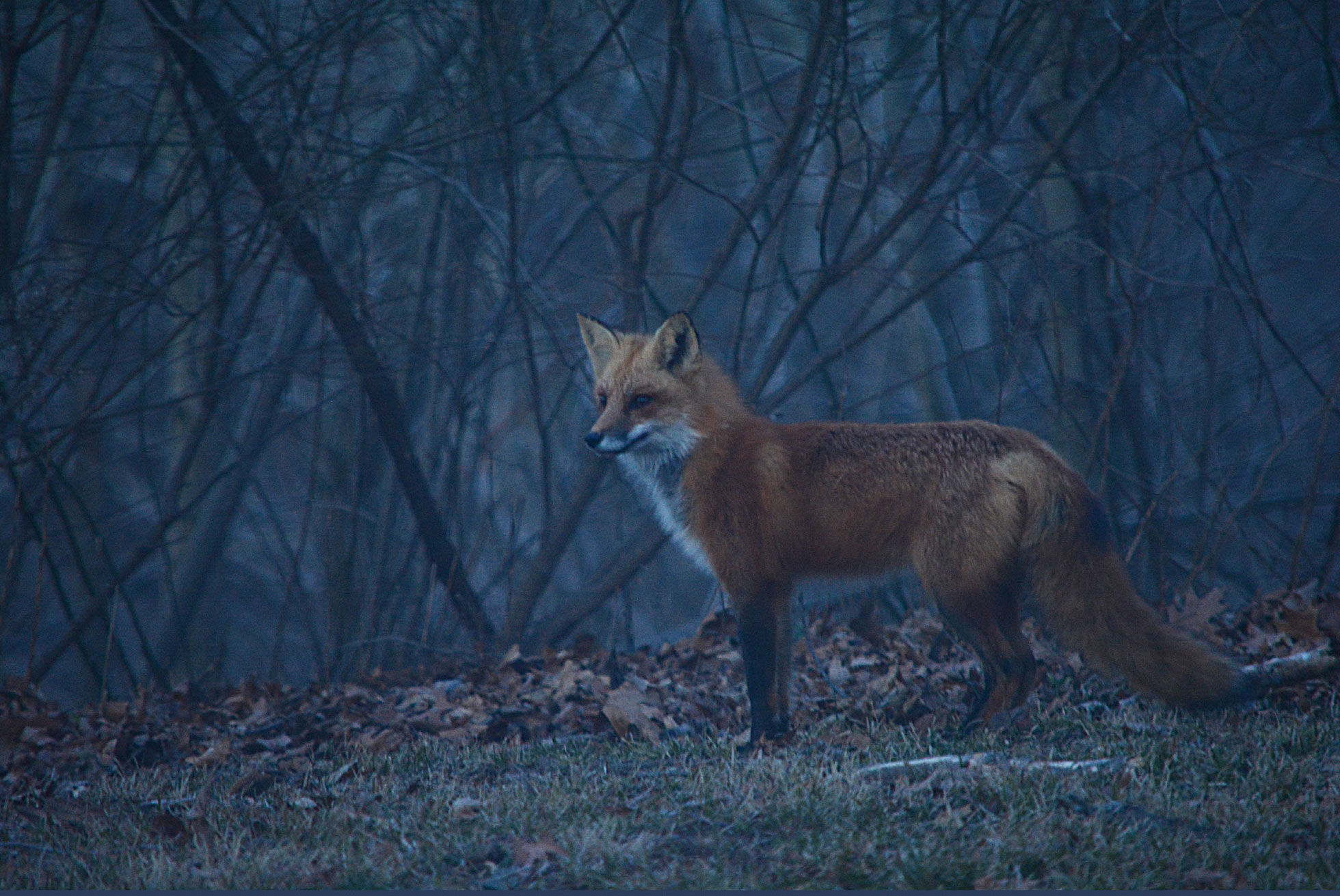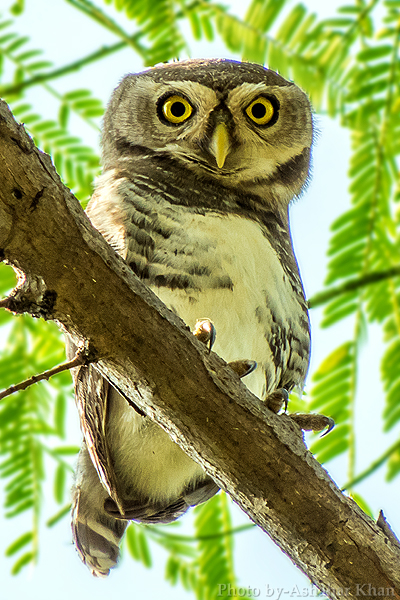|
Riopa Lineata
''Riopa lineata'', the lined writhing skink or lined supple skink, is a species of writhing skink. It is known from India (the northern Western Ghats), Bangladesh and Myanmar (= Burma). This skink grows to about 6 cm in length. The body colouration is golden and each scale has a black dot forming longitudinal stripes on the body. It is known to occur from Gujarat to north of Karnataka. In Mumbai this skink has been observed in the Sanjay Gandhi National Park and Aarey milk colony. It is often found under rocks, loose soil associated with termite mounds and ant hills. It is crepuscular. A captive individual accepted termites, mosquito, house flies, ant eggs for about 45 days and was released. References * Gray, J.E. 1839 Catalogue of the slender-tongued saurians, with descriptions of many new genera and species. Ann. Mag. Nat. Hist. (1) 2: 331-337 (287-293) * Naik Y M; Vinod K R 1994 Record of a rare skink Lygosoma lineata (Gray, 1839) from Kevadia, Gujarat. J. Bombay N ... [...More Info...] [...Related Items...] OR: [Wikipedia] [Google] [Baidu] |
John Edward Gray
John Edward Gray, Fellow of the Royal Society, FRS (12 February 1800 – 7 March 1875) was a British zoology, zoologist. He was the elder brother of zoologist George Robert Gray and son of the pharmacologist and botanist Samuel Frederick Gray (1766–1828). The same is used for a zoological name. Gray was Keeper of Zoology, keeper of zoology at the British Museum in London from 1840 until Christmas 1874, before the natural history holdings were split off to the Natural History Museum, London, Natural History Museum. He published several catalogues of the museum collections that included comprehensive discussions of animal groups and descriptions of new species. He improved the Zoological specimens, zoological collections to make them amongst the best in the world. Biography Gray was born in Walsall, but his family soon moved to London, where Gray studied medicine. He assisted his father in writing ''The Natural Arrangement of British Plants'' (1821). After being Blackballing, ... [...More Info...] [...Related Items...] OR: [Wikipedia] [Google] [Baidu] |
Lygosoma
''Lygosoma'' is a genus of lizards, commonly known as supple skinks or writhing skinks, which are members of the family Scincidae. ''Lygosoma'' is the type genus of the subfamily Lygosominae. The common name, writhing skinks, refers to the way these stubby-legged animals move, snake-like but more slowly and more awkwardly. Geographic range Species of ''Lygosoma'' are found in India to southeast Asia. Taxonomy In the late 19th and early 20th century, ''Lygosoma'' was used as a " wastebin taxon", to which almost every newly described skink was assigned. Which specific species are contained within this genus is controversial because of its unresolved historic relation to two other closely-related genera: ''Mochlus'' and ''Lepidothyris.'' Currently, there are 16 known species in ''Lygosoma'', 15 known species in ''Mochlus'', and three known species in ''Lepidothyris''. However, some species under the latter two genera are often listed under ''Lygosoma'', and ''Lygosoma'' ... [...More Info...] [...Related Items...] OR: [Wikipedia] [Google] [Baidu] |
India
India, officially the Republic of India ( Hindi: ), is a country in South Asia. It is the seventh-largest country by area, the second-most populous country, and the most populous democracy in the world. Bounded by the Indian Ocean on the south, the Arabian Sea on the southwest, and the Bay of Bengal on the southeast, it shares land borders with Pakistan to the west; China, Nepal, and Bhutan to the north; and Bangladesh and Myanmar to the east. In the Indian Ocean, India is in the vicinity of Sri Lanka and the Maldives; its Andaman and Nicobar Islands share a maritime border with Thailand, Myanmar, and Indonesia. Modern humans arrived on the Indian subcontinent from Africa no later than 55,000 years ago., "Y-Chromosome and Mt-DNA data support the colonization of South Asia by modern humans originating in Africa. ... Coalescence dates for most non-European populations average to between 73–55 ka.", "Modern human beings—''Homo sapiens''—originated in Africa. Th ... [...More Info...] [...Related Items...] OR: [Wikipedia] [Google] [Baidu] |
Bangladesh
Bangladesh (}, ), officially the People's Republic of Bangladesh, is a country in South Asia. It is the List of countries and dependencies by population, eighth-most populous country in the world, with a population exceeding 165 million people in an area of . Bangladesh is among the List of countries and dependencies by population density, most densely populated countries in the world, and shares land borders with India to the west, north, and east, and Myanmar to the southeast; to the south it has a coastline along the Bay of Bengal. It is narrowly separated from Bhutan and Nepal by the Siliguri Corridor; and from China by the Indian state of Sikkim in the north. Dhaka, the capital and list of cities and towns in Bangladesh, largest city, is the nation's political, financial and cultural centre. Chittagong, the second-largest city, is the busiest port on the Bay of Bengal. The official language is Bengali language, Bengali, one of the easternmost branches of the Indo-Europe ... [...More Info...] [...Related Items...] OR: [Wikipedia] [Google] [Baidu] |
Myanmar
Myanmar, ; UK pronunciations: US pronunciations incl. . Note: Wikipedia's IPA conventions require indicating /r/ even in British English although only some British English speakers pronounce r at the end of syllables. As John Wells explains, the English spellings of both Myanmar and Burma assume a non-rhotic variety of English, in which the letter r before a consonant or finally serves merely to indicate a long vowel: �mjænmɑː, ˈbɜːmə So the pronunciation of the last syllable of Myanmar as ɑːror of Burma as ɜːrməby some speakers in the UK and most speakers in North America is in fact a spelling pronunciation based on a misunderstanding of non-rhotic spelling conventions. The final ''r'' in ''Myanmar'' was not intended for pronunciation and is there to ensure that the final a is pronounced with the broad ''ah'' () in "father". If the Burmese name my, မြန်မာ, label=none were spelled "Myanma" in English, this would be pronounced at the end by al ... [...More Info...] [...Related Items...] OR: [Wikipedia] [Google] [Baidu] |
Mumbai
Mumbai (, ; also known as Bombay — the official name until 1995) is the capital city of the Indian state of Maharashtra and the ''de facto'' financial centre of India. According to the United Nations, as of 2018, Mumbai is the second-most populous city in India after Delhi and the eighth-most populous city in the world with a population of roughly 20 million (2 crore). As per the Indian government population census of 2011, Mumbai was the most populous city in India with an estimated city proper population of 12.5 million (1.25 crore) living under the Brihanmumbai Municipal Corporation. Mumbai is the centre of the Mumbai Metropolitan Region, the sixth most populous metropolitan area in the world with a population of over 23 million (2.3 crore). Mumbai lies on the Konkan coast on the west coast of India and has a deep natural harbour. In 2008, Mumbai was named an alpha world city. It has the highest number of millionaires and billionaires among all ... [...More Info...] [...Related Items...] OR: [Wikipedia] [Google] [Baidu] |
Sanjay Gandhi National Park
Sanjay Gandhi National Park, also known as SGNP, is an protected area in Mumbai, Maharashtra. It was established in 1969 with its headquarters situated at Borivali. The 2400-year-old Kanheri caves, sculpted by monks out of the rocky basaltic cliffs, lie within the park. The rich flora and fauna of the Sanjay Gandhi National Park attract more than 2 million visitors every year. History The area of the Sanjay Gandhi National Park has a long written history dating back to the 4th Century BCE. In Ancient India, Sopara and Kalyan were two ports in its vicinity that traded with ancient civilisations such as Greece and Mesopotamia. The land route between these two ports was partially passing through this forest. The Kanheri caves, located centrally in the park, were important Buddhist learning centres and pilgrimage sites sculpted by Buddhist monks (using primitive sculpting tools) between the 9th and the 1st centuries BCE. They were chiselled out of a massive basaltic rock ... [...More Info...] [...Related Items...] OR: [Wikipedia] [Google] [Baidu] |
Crepuscular
In zoology, a crepuscular animal is one that is active primarily during the twilight period, being matutinal, vespertine, or both. This is distinguished from diurnal and nocturnal behavior, where an animal is active during the hours of daylight and of darkness, respectively. Some crepuscular animals may also be active by moonlight or during an overcast day. Matutinal animals are active only before sunrise, and vespertine only after sunset. A number of factors impact the time of day an animal is active. Predators hunt when their prey is available, and prey try to avoid the times when their principal predators are at large. The temperature at midday may be too high or at night too low. Some creatures may adjust their activities depending on local competition. Etymology and usage The word ''crepuscular'' derives from the Latin '' crepusculum'' ("twilight"). Its sense accordingly differs from diurnal and nocturnal behavior, which respectively peak during hours of daylight a ... [...More Info...] [...Related Items...] OR: [Wikipedia] [Google] [Baidu] |
Melghat
Melghat was among the first nine tiger reserves of India to be notified in 1973 under Project Tiger. It is located at in the northern part of Amravati District of Maharashtra. Melghat Wildlife Sanctuary was declared as in 1985. The Tapti River flows through the northern part of Melghat Tiger Reserve, and forms the boundary of the reserve together with the Gawilghur ridge of the Satpura Range. History There are passes in Melghat that Kings from the north traversed to reach Berar, where the Imad Shahi dynasty had been founded in 1484. The historic forts, Narnala and Gawilgarh, guarded the main east-west ridge. In 1803, in the Second Maratha War, Colonel Arthur Wellesley, who later became the Duke of Wellington, captured the Gawilgarh fort from the Marathas. Geography At the northern extreme of the Amravati district of Maharashtra, on the border of Madhya Pradesh, lies the Melghat in the South-western Satpura mountain ranges. Melghat means 'meeting of the ghats', which des ... [...More Info...] [...Related Items...] OR: [Wikipedia] [Google] [Baidu] |
Maharashtra
Maharashtra (; , abbr. MH or Maha) is a state in the western peninsular region of India occupying a substantial portion of the Deccan Plateau. Maharashtra is the second-most populous state in India and the second-most populous country subdivision globally. It was formed on 1 May 1960 by splitting the bilingual Bombay State, which had existed since 1956, into majority Marathi-speaking Maharashtra and Gujarati-speaking Gujarat. Maharashtra is home to the Marathi people, the predominant ethno-linguistic group, who speak the Marathi language, the official language of the state. The state is divided into 6 divisions and 36 districts, with the state capital being Mumbai, the most populous urban area in India, and Nagpur serving as the winter capital, which also hosts the winter session of the state legislature. Godavari and Krishna are the two major rivers in the state. Forests cover 16.47 per cent of the state's geographical area. Out of the total cultivable land in the s ... [...More Info...] [...Related Items...] OR: [Wikipedia] [Google] [Baidu] |
Riopa
''Riopa'' is a genus of skinks. It is easy to tell the species apart from most other skinks by bright red coloring on their sides from which they get their name. They also have a bule that runs down the side of their tail. Diet The riopas are omnivore reptiles, they usually eat insects like crickets or worms, but sometimes, they can eat little pieces of meat (usually little mice) Species The following species are recognized. www.reptile-database.org. *''Riopa albopunctata'' (Gray, 1846) – white-spotted supple skink *''Riopa anguina'' ( Theobald, 1868) *''Riopa goaensis'' (Sharma, 1976) – Goan supple skink *''Riopa guentheri '' ( W. Peters, 1879) – Günther's supple skink, Günther's writhing skink *''Riopa lineata'' Gray, 1839 – lined supple skink *''Riopa lineolata'' (Stoliczka, 1870) – striped writhing skink *''Riopa popae'' ( Shreve, 1940) – Pope's writhing skink *''Riopa punctata'' (Gmelin, 1799) – common dotted garden skink, common snake skink, punctate su ... [...More Info...] [...Related Items...] OR: [Wikipedia] [Google] [Baidu] |




